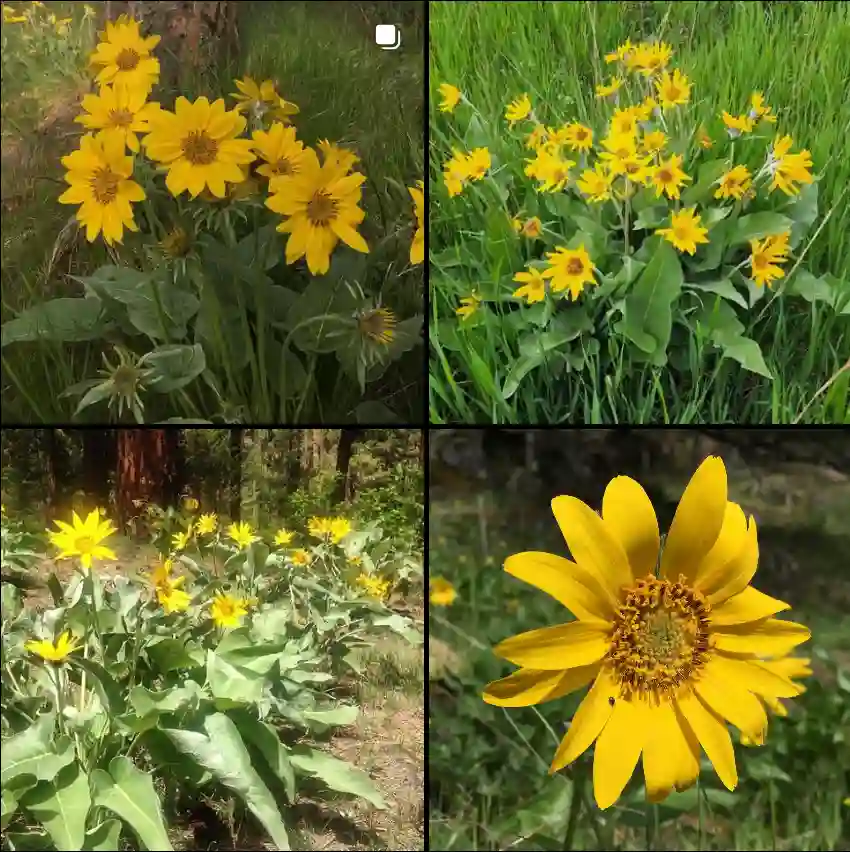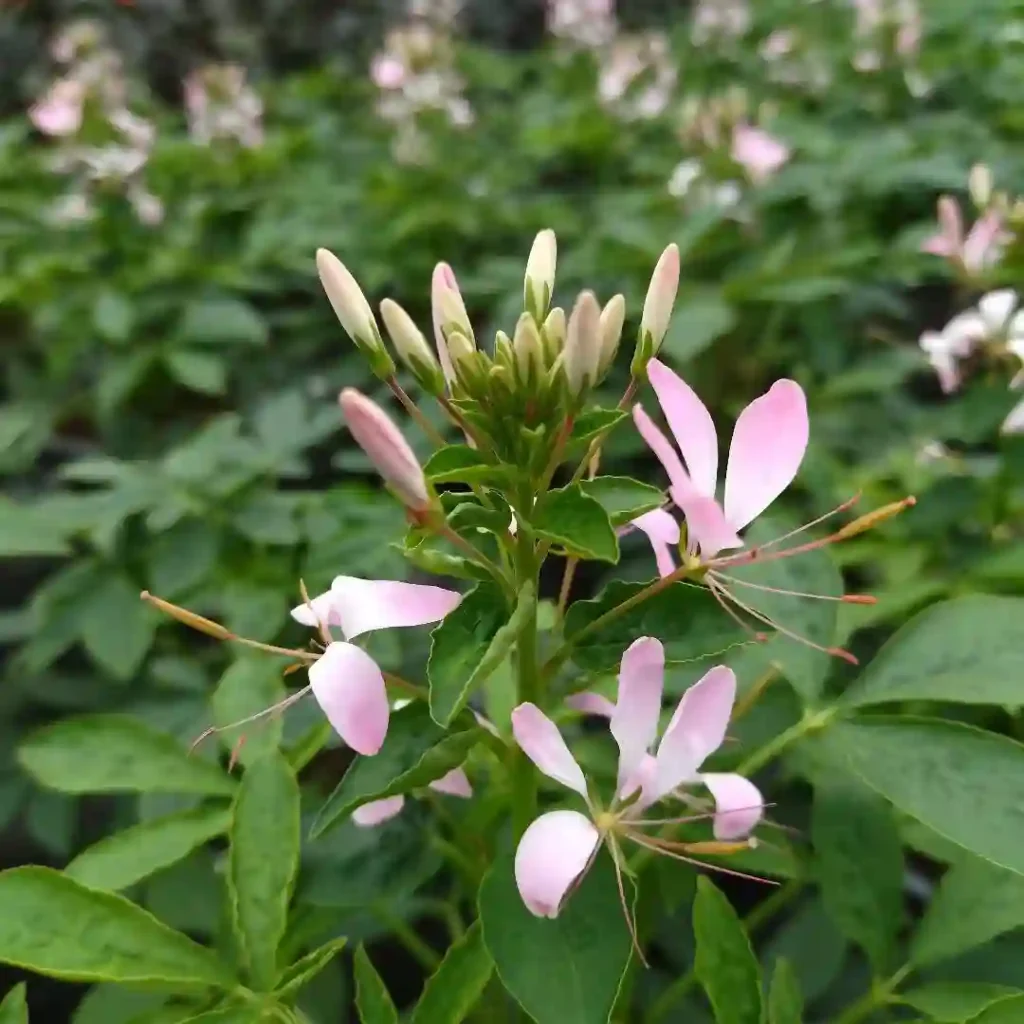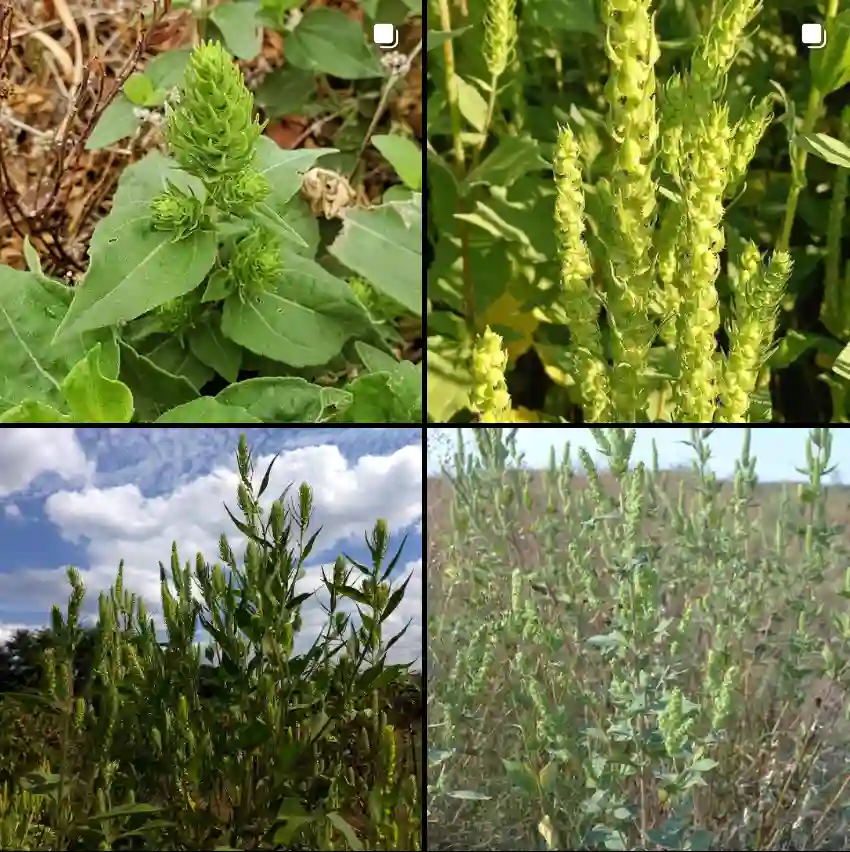Elegia: A Restio Love Affair
My name is Ferb Vu, and I have a confession. I’m utterly captivated by a group of plants that most people wouldn’t give a second glance. They lack vibrant flowers and their form is, shall we say, understated. Yet, their quiet elegance and unique beauty have completely won me over. I’m talking about the genus Elegia, a fascinating group of reed-like plants belonging to the Restionaceae family.
These botanical wonders, often referred to as “restos,” are endemic to South Africa, specifically the Cape Province. Imagine a landscape painted with the muted hues of greens, browns, and golds, where these graceful plants sway in the wind, their slender stems whispering secrets to the passing breeze. That’s the magic of the Cape Floral Kingdom, and Elegia plays a crucial role in this unique ecosystem.
Why Elegia?
What is it about these seemingly simple plants that so enthralls me? Perhaps it’s their resilience, thriving in the challenging fynbos environment. Maybe it’s their architectural form, providing vertical accents and textural contrast in any garden setting. Or perhaps it’s the way they catch the light, their culms shimmering with a subtle golden glow.
Whatever the reason, my fascination with Elegia has only deepened over time. I’ve spent countless hours studying their morphology, learning about their ecological importance, and experimenting with their cultivation in my own garden.
A Closer Look at Elegia
Elegia species are characterized by their rush-like appearance, with slender, jointed stems and reduced, scale-like leaves. They are dioecious, meaning there are separate male and female plants. The male plants often bear attractive, pollen-bearing inflorescences, while the female plants produce cone-like structures containing the seeds.
One of the most striking features of Elegia is the papery sheaths that encircle the stems. These sheaths can vary in color from pale brown to a rich, coppery hue, adding another layer of visual interest to these plants.
The Elegia Lineup
The genus Elegia comprises over 50 recognized species, each with its own unique characteristics. Here are members of this fascinating group:
- Elegia acockii (Pillans) Moline & H.P.Linder
- Elegia aggregata (Mast.) Moline & H.P.Linder
- Elegia altigena Pillans
- Elegia asperiflora (Nees) Kunth
- Elegia atratiflora Esterh.
- Elegia caespitosa Esterh.
- Elegia capensis (Burm.f.) Schelpe
- Elegia coleura Nees ex Mast.
- Elegia cuspidata Mast.
- Elegia decipiens (Esterh.) Moline & H.P.Linder
- Elegia deusta (Rottb.) Kunth
- Elegia ebracteata (Kunth) Moline & H.P.Linder
- Elegia elephantina H.P.Linder
- Elegia equisetacea (Mast.) Mast.
- Elegia esterhuyseniae Pillans
- Elegia extensa Pillans
- Elegia fastigata Mast.
- Elegia fenestrata Pillans
- Elegia filacea Mast.
- Elegia fistulosa Kunth
- Elegia fucata Esterh.
- Elegia galpinii N.E.Br.
- Elegia grandis (Spreng. ex Nees) Kunth
- Elegia grandispicata H.P.Linder
- Elegia hookeriana (Mast.) Moline & H.P.Linder
- Elegia hutchinsonii Pillans
- Elegia intermedia (Steud.) Pillans
- Elegia juncea L.
- Elegia macrocarpa (Kunth) Moline & H.P.Linder
- Elegia marlothii (Pillans) Moline & H.P.Linder
- Elegia microcarpa (Kunth) Moline & H.P.Linder
- Elegia mucronata (Nees) Rchb. ex Kunth
- Elegia muirii Pillans
- Elegia namaquensis H.P.Linder & Helme
- Elegia neesii Mast.
- Elegia nuda (Rottb.) Kunth
- Elegia persistens Mast.
- Elegia prominens Pillans
- Elegia racemosa (Poir.) Pers.
- Elegia recta (Mast.) Moline & H.P.Linder
- Elegia rigida Mast.
- Elegia spathacea Mast.
- Elegia squamosa Mast.
- Elegia stipularis Mast.
- Elegia stokoei Pillans
- Elegia tectorum (L.f.) Moline & H.P.Linder
- Elegia thyrsifera (Rottb.) Pers.
- Elegia thyrsoidea (Mast.) Pillans
- Elegia vaginulata Mast.
- Elegia verreauxii Mast.
Elegia in the Garden
Incorporating Elegia into garden design can add a touch of the exotic and a sense of tranquility. Their vertical lines create a sense of height and drama, while their subtle colors blend beautifully with other plants. They are particularly well-suited to Mediterranean climates and thrive in well-drained soil and sunny positions.
Whether planted en masse to create a dramatic screen or used as accent plants to provide textural contrast, Elegia species are sure to bring a unique and captivating element to any garden.
A Continuing Journey
My exploration of the genus Elegia is an ongoing journey. With each new species I encounter, my admiration for these remarkable plants grows. Their understated beauty, ecological importance, and versatility in the garden make them a true treasure of the Cape Floral Kingdom.
I invite you to join me in appreciating the quiet elegance of Elegia. Take a closer look at these fascinating plants, and you might just find yourself falling in love with them too.
If i die, water my plants!



